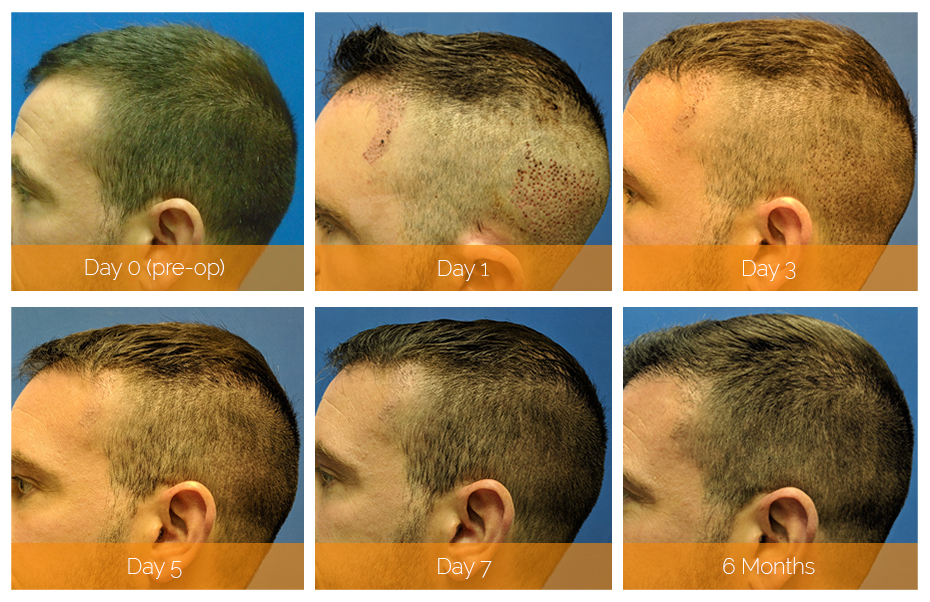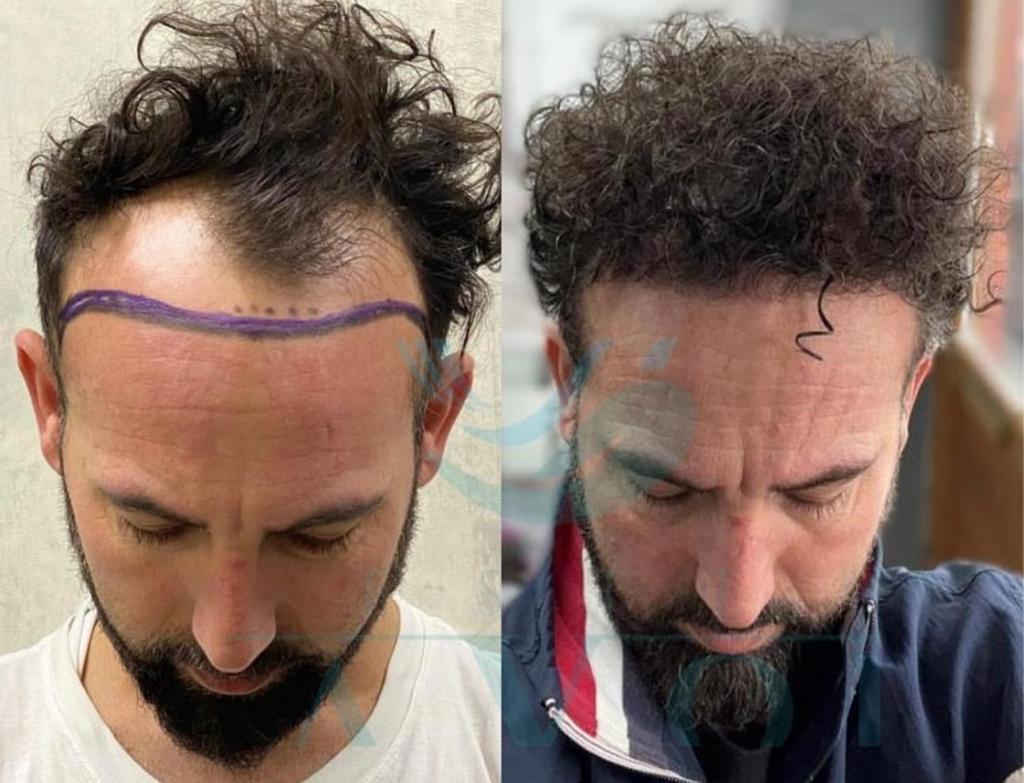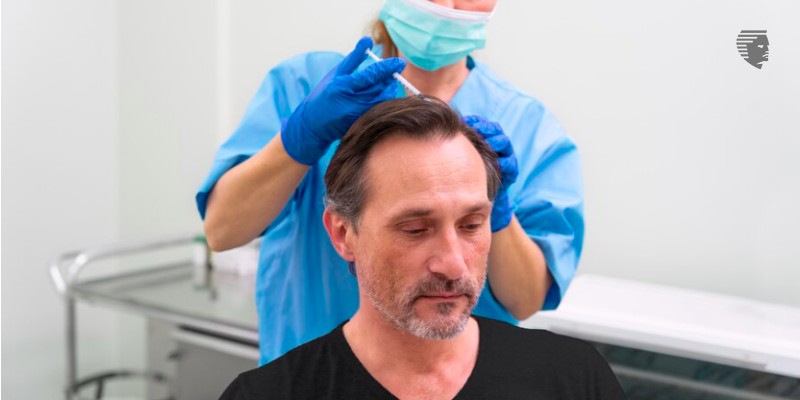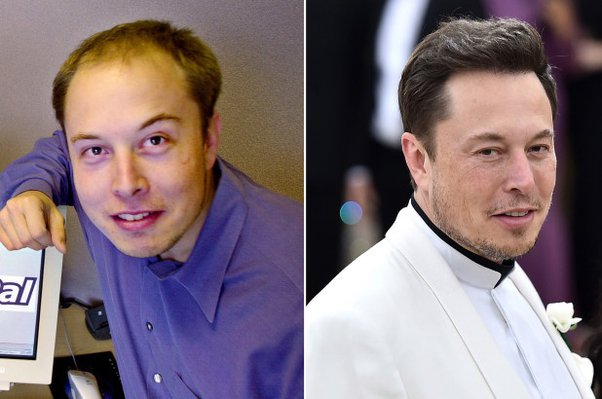Can you have multiple Hair transplants? Here you need to know about this :
What is Multiple Hair Transplant?
A multiple hair transplant refers to the process of undergoing several hair transplant sessions to restore hair. This procedure is often used by individuals who experience severe hair loss and need multiple sessions to achieve the desired look. Instead of trying to fix all the hair loss in one go, a multiple hair transplant strategy spreads out the procedure over time.

Why Do People Need Multiple Hair Transplants?
- Severe Hair Loss: Some individuals may experience advanced hair loss, which cannot be corrected in one session.
- Natural Hair Growth: A hair transplant requires time for new hair to grow. Multiple sessions allow for the gradual restoration of hair.
- Donor Hair Availability: The donor area (where hair is taken from) has limits. Multiple sessions may be needed to use available hair effectively.
- Personal Preferences: Some people want a more natural-looking result and prefer spreading the procedure across several sessions.
The Procedure for Multiple Hair Transplants
The procedure for multiple hair transplants typically involves a series of staged sessions spread over several months to achieve the desired results. Initially, the surgeon evaluates the patient’s scalp and hair loss pattern to plan the procedure. In each session, healthy hair follicles are harvested from donor areas, usually at the back or sides of the head, and transplanted into thinning or bald areas. Depending on the extent of hair loss, multiple sessions may be needed to ensure full coverage and natural growth. After each transplant, patients must follow proper aftercare to ensure successful healing and optimal hair growth from all sessions..
The process of multiple hair transplant usually involves the following steps:
1. Consultation
The first step in getting a multiple hair transplant is scheduling a consultation with a specialist. During this appointment, the surgeon will assess the extent of your hair loss, your donor hair quality, and your overall health.
2. Hair Transplant Process
Each hair transplant session typically involves the following steps:
- Preparation: The scalp will be numbed using local anesthesia.
- Harvesting: Hair follicles are removed from the donor area, usually from the back of the head.
- Implantation: The extracted follicles are carefully implanted into the areas where hair is thinning or missing.
3. Multiple Sessions
Instead of performing everything in one go, multiple sessions may be scheduled over several months to ensure optimal results.
4. Recovery Time
After each session, there will be a recovery period. You may experience swelling or redness, but these symptoms typically subside in a few days. The results will gradually become visible over several months.
Benefits of Multiple Hair Transplants

Multiple hair transplants offer several benefits, especially for individuals with extensive hair loss. By spreading the procedure over multiple sessions, a surgeon can more effectively address larger areas of thinning or baldness, ensuring a natural and balanced result. These sessions allow for gradual, controlled hair restoration, minimizing the risk of shock loss and providing more time for the scalp to heal between procedures. Multiple transplants also give patients the ability to achieve fuller, denser hair, especially when one session may not be enough to cover all areas of hair loss. Ultimately, this approach offers a more customized and lasting solution.
Opting for multiple hair transplants comes with several benefits, including:
1. Gradual and Natural Results
Multiple sessions allow the hair to grow back naturally. The gradual process ensures that the final result looks realistic and natural. It prevents a sudden, drastic change, which might appear unnatural.
2. Better Use of Donor Hair
By splitting the transplant into different sessions, the surgeon can make better use of your available donor hair. This reduces the risk of over-harvesting the donor area.
3. Customized Hair Restoration
Multiple sessions allow for a more customized approach. The surgeon can assess how your hair is growing after each session and make adjustments to the plan for the next transplant, ensuring the best results.
Types of Hair Transplant Techniques Used
The journey of multiple hair transplants typically involves a series of steps and sessions, spanning several months or even years. Initially, a thorough consultation with a hair transplant surgeon is essential to assess the degree of hair loss and develop a personalized plan. Each session focuses on transplanting hair follicles from healthy donor areas to thinning or bald spots. Between sessions, patients must allow time for healing and hair growth. The process can be gradual, with improvements becoming more visible after each transplant. Though the journey requires patience and commitment, it ultimately leads to fuller, natural-looking hair and improved self-confidence.
1. Follicular Unit Extraction (FUE)
FUE is a popular hair transplant method where individual hair follicles are extracted from the donor area and transplanted to the balding areas. This method minimizes scarring and recovery time. It’s often preferred for multiple transplants as it allows for a precise and careful approach.
2. Follicular Unit Transplantation (FUT)
FUT involves removing a strip of skin from the donor area, from which individual follicles are extracted. This method leaves a linear scar but can be ideal for those with larger areas to cover. It may be used for multiple transplants depending on the person’s specific needs.
What to Expect During a Multiple Hair Transplant Journey?

The journey of multiple hair transplants typically involves a series of steps and sessions, spanning several months or even years. Initially, a thorough consultation with a hair transplant surgeon is essential to assess the degree of hair loss and develop a personalized plan. Each session focuses on transplanting hair follicles from healthy donor areas to thinning or bald spots. Between sessions, patients must allow time for healing and hair growth. The process can be gradual, with improvements becoming more visible after each transplant. Though the journey requires patience and commitment, it ultimately leads to fuller, natural-looking hair and improved self-confidence.
1. Before the Transplant
Before the procedure, your doctor will provide instructions on how to prepare. This may include avoiding certain medications, smoking, and alcohol. You should also arrange for someone to drive you home after the procedure since you may feel groggy.
2. During the Transplant
During the hair transplant, you will be awake, but the scalp will be numbed. You may feel slight discomfort, but there should be minimal pain.
3. After the Transplant
After each session, the transplanted area may be red or swollen for a few days. The recovery time for each session is typically short, with most people returning to work within a week.
4. Hair Growth Timeline
You won’t see immediate results. The new hair will begin to grow after several months. By the end of the process, you should see a fuller, thicker head of hair.
How Long Does It Take to Complete Multiple Hair Transplants?
The timeline for completing multiple hair transplants can vary depending on the number of sessions needed. Typically, the process will take anywhere from several months to a year. Between each session, it is essential to allow the transplanted hair to grow and for the scalp to heal.
Possible Side Effects of Multiple Hair Transplants
As with any surgery, hair transplants come with some risks. While they are generally safe, you may experience:
- Infection: This can occur in rare cases but is typically preventable with proper aftercare.
- Swelling and Redness: These symptoms are common after a hair transplant and usually go away in a few days.
- Scarring: FUE leaves minimal scarring, but FUT may cause a linear scar on the scalp.
- Shock Loss: Some hair may fall out temporarily after the transplant. This is normal, and the hair should begin to regrow within a few months.
How Much Does a Multiple Hair Transplant Cost?
The cost of multiple hair transplants can vary widely depending on several factors, including the extent of hair loss, the number of sessions required, the technique used (FUT or FUE), and the clinic’s location and reputation. On average, the cost of a single session can range from $3,000 to $15,000, with each additional session potentially costing a similar amount. For those needing multiple transplants to achieve the desired results, the overall cost can add up significantly. While it may be expensive, many consider it a worthwhile investment for long-term, natural-looking results and improved self-esteem. It’s essential to discuss costs during the consultation..
The cost of multiple hair transplants varies depending on several factors, such as:
- Location: Costs differ based on where you live and the clinic you choose.
- Number of Sessions: More sessions mean higher costs.
- Technique Used: FUE tends to be more expensive than FUT.
- Clinic Reputation: Renowned clinics may charge higher fees.
On average, hair transplant costs can range from $4,000 to $15,000 or more. It’s important to consult with your surgeon for an accurate estimate.
Is Multiple Hair Transplant Right for You?

Multiple hair transplants may be an excellent solution if you’re struggling with severe hair loss. However, it’s important to consult with a qualified hair transplant specialist to determine if this procedure is right for you. Factors like your overall health, hair loss type, and donor hair availability will play a key role in the decision-making process.
Conclusion
Multiple hair transplants offer a solution for those who are dealing with significant hair loss. Through multiple sessions, individuals can restore their hair gradually, ensuring a more natural and effective result. Whether you’re considering FUE or FUT, it’s essential to choose a qualified surgeon and take the time to understand the procedure and its benefits. With the right care and patience, multiple hair transplants can provide you with the full, healthy hair you’ve always wanted.
This article has covered everything you need to know about multiple hair transplants, from how the procedure works to what you can expect during and after the treatment. Always consult with a professional to ensure you’re making the right decision for your hair restoration needs.

